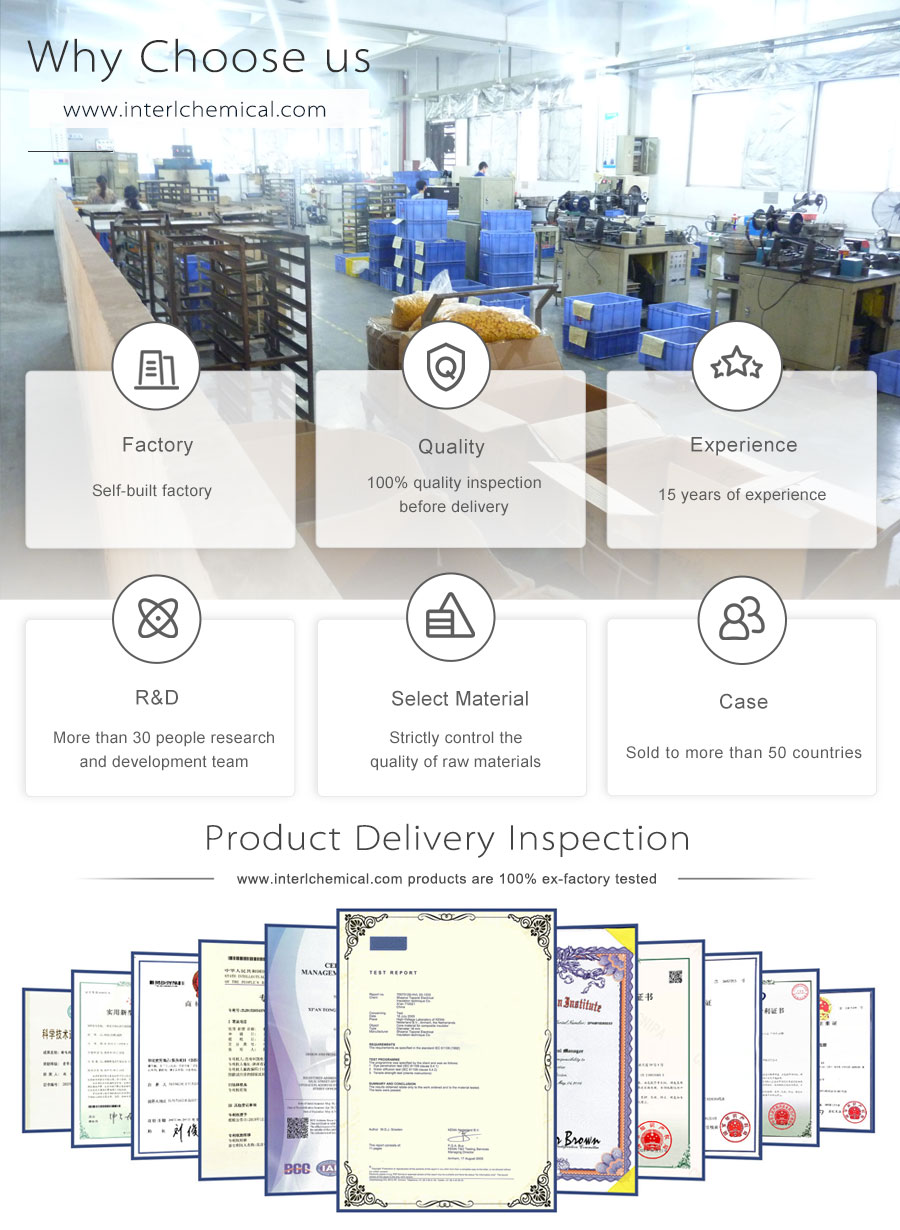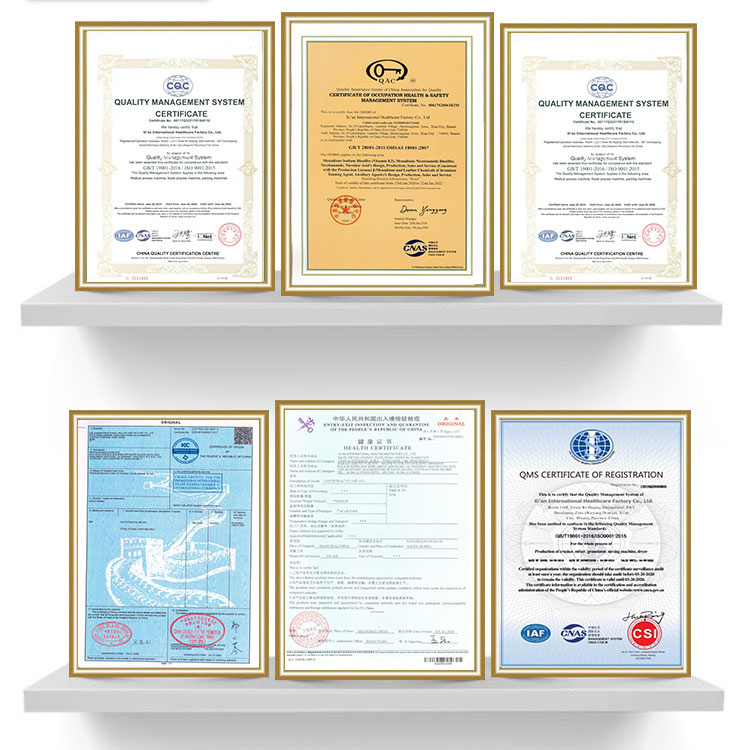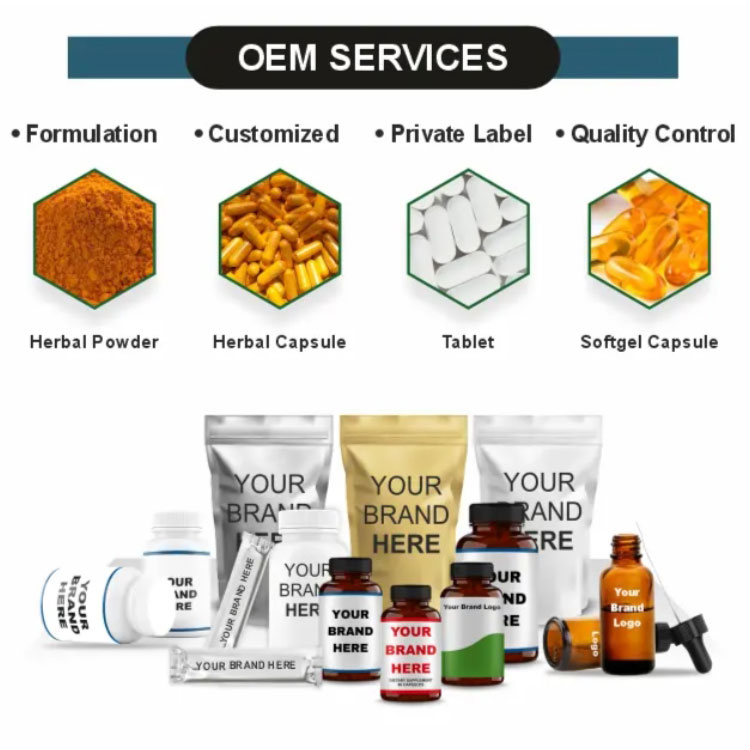Phone: 86-29-89601602
Mail: sales27@interlgroup.com
Add: Room 305 , 3/F , Haipai Decoration Office Building , Yudu Avenue , Yuncheng , Shanxi
Nutritional Supplement L(+)-Arginine powder CAS 74-79-3
Product Overview:
L(+)-Arginine powder is a coding amino acid in protein synthesis and is one of the eight essential amino acids in the human body. L(+)-Arginine is a white crystalline powder. Soluble in water (15%, 21℃), slightly soluble in alcohol, insoluble in ether. The aqueous solution has an alkaline reaction and can absorb carbon dioxide from the air. Decomposition at 238℃. Most L(+)-Arginine exists in the form of colorless crystals and is soluble in water and acidic solutions. L(+)-Arginine reacts with methionine in the body to form coenzyme A, which is involved in the energy metabolism process.
Nutritional Supplement L(+)-Arginine powder CAS 74-79-3 Attributes
L(+)-Arginine powder CAS 74-79-3
CAS:74-79-3
MF:C6H14N4O2
MW:174.2
EINECS:200-811-1
Specification:99% min L(+)-Arginine powder
Sample:L(+)-Arginine powder Avaliable
Keywords:L(+)-Arginine
Appearance:white powder
Storage: Cool Dry Place
Brand:Global ASAP Nutrition Factory
Shelf Life: 2 Years
Test Method: HPLC
Nutritional Supplement L(+)-Arginine powder CAS 74-79-3 Details
Uses and synthesis of L(+)-Arginine powder
L(+)-Arginine powder is a coding amino acid in protein synthesis and is one of the eight essential amino acids in the human body. L(+)-Arginine is a white crystalline powder. Soluble in water (15%, 21℃), slightly soluble in alcohol, insoluble in ether. The aqueous solution has an alkaline reaction and can absorb carbon dioxide from the air. Decomposition at 238℃. Most L(+)-Arginine exists in the form of colorless crystals and is soluble in water and acidic solutions. L(+)-Arginine reacts with methionine in the body to form coenzyme A, which is involved in the energy metabolism process.
Functions of L(+)-Arginine powder
L(+)-Arginine powder is used for biochemical studies in patients with various hepatic coma and viral hepatic alanine aminotransferase abnormalities.Nutritional supplements; Flavoring agent. A heating reaction with sugar (aminocarbonyl reaction) can obtain a special flavor substance.
L(+)-Arginine is used as pharmaceutical raw material and food additive
L(+)-Arginine can be used as a nutritional supplement to increase muscle mass and strength, and is widely used in physical exercise and muscle recovery.
Promote the production of nitric oxide (NO):
L-arginine is a substrate of nitric oxide synthase (NOS), which can promote the production of nitric oxide, thereby dilating blood vessels and improving blood circulation.
Support cardiovascular health:
By promoting the production of nitric oxide, it helps lower blood pressure, prevent atherosclerosis and cardiovascular disease.
Enhance immune function:
Support immune cell function and enhance the body's resistance.
Promote muscle growth and repair:
Participate in protein synthesis, support muscle growth and repair, suitable for athletes and fitness enthusiasts.
Improve male reproductive health:
Promote sperm production, improve erectile function, and have a certain auxiliary effect on male infertility.
Support liver health:
Participate in the urea cycle, help remove ammonia in the body, and protect liver function.
Antioxidant effect:
Can remove free radicals and protect cells from oxidative damage.
Application of L(+)-Arginine powder
Medical field:
Cardiovascular disease treatment: used to improve blood circulation and lower blood pressure.
Immune support: used to enhance immune function.
Men's health: used to improve erectile function and sperm quality.
Sports nutrition:
As a dietary supplement, used to promote muscle growth and repair, improve athletic performance.
Food industry:
As a nutritional enhancer, added to functional foods and beverages.
Cosmetics:
Used in skin care products to promote skin repair and anti-aging.
Production methodprocess of L(+)-Arginine powder
The main method for preparing L(+)-Arginine powder is microbial fermentation. Usually use soy protein, corn milk or molasses as raw materials, by adding appropriate microbial strains for fermentation, and then through purification and crystallization steps to obtain high purity L-arginine.











